
Noise impact on hearing loss

Noise exposure in the military can occur 24 hours a day, such as during flight operations, even in off-duty areas. (U.S. Air Force file photo)
DAYTON, Ohio — Protecting service members from noise-induced hearing loss is an ongoing focus of the Department of Defense as hearing loss is the number one disability among veterans. Noise exposure in the military can occur 24 hours a day, such as during flight operations, even in off-duty areas. For example, noise measurements in berthing areas of aircraft carriers have been found to exceed current hearing protection standards during flight operations, bringing into question what constitutes acceptable noise levels during off-duty periods following occupational noise exposures. More research is needed to understand what level of noise is sufficient during daily “effective quiet” periods that would allow for auditory recovery and prevent permanent hearing loss.
Researchers from Naval Medical Research Unit - Dayton’s Environmental Health Effects Laboratory are evaluating the impact of military-relevant 24 hour noise exposures on hearing loss.
A project funded by the Navy In-House Laboratory Independent Research Program is studying the effects of elevated steady noise levels during a recovery period (simulating the off-duty shipboard environment) after an eight hour high noise exposure at the occupational limit of 85 decibels time-weighted average. These noise exposures would not be expected to cause damage on their own, but in combination could impede auditory recovery and lead to permanent hearing loss after four weeks of exposure.
A separate study funded by the Defense Health Agency is focusing on the effects of steady and impulse noise exposures during the daily recovery period following occupationally relevant exposures to combined noise and inhaled chemical exposures.
There are many factors that can complicate risk assessment when it comes to noise exposure. Noise exposure itself is often complex and may consist of brief high-level noise impulses, in addition to steady elevated noise levels. Additionally, breathing in certain chemicals, such as the volatile organic compounds (VOCs) present in jet fuel, may worsen noise-induced hearing loss. It is unknown how these complex noise and chemical exposures will impact permanent changes in hearing, especially taking into account elevated noise levels during the auditory recovery period.
NAMRU-Dayton is currently developing a system that can study steady and impulse noise exposure for 24 hours a day with or without chemical exposure for a portion of that time. A noise generation system had been developed for prior studies at the lab, but the system was limited to use with short-term exposure chambers and could only generate steady noise. EHEL toxicologist, Dr. Andrew Keebaugh, is working with Air Force Capt. Lester Morales, a student at the Air Force Institute of Technology, to design and construct a noise exposure system capable of generating high-decibel impulse noise for use in these studies.
The research team at EHEL is committed to protecting service members from noise-induced hearing loss by using our unique facilities to support the effort.
Disclaimer: Re-published content may have been edited for length and clarity. Read original post.
Study examines impacts of noise and chemical exposure on hearing health
Article
9/13/2018
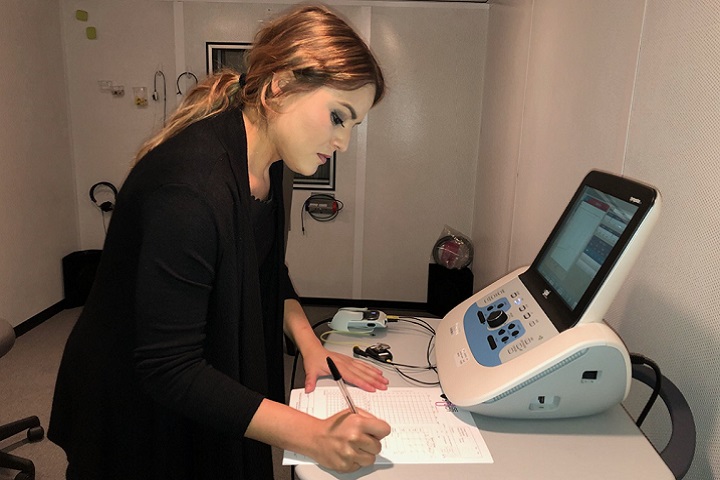
Exposure to certain chemicals, called ototoxicants, can cause hearing loss or balance problems
New course aims to reduce military hearing loss
Article
9/7/2018
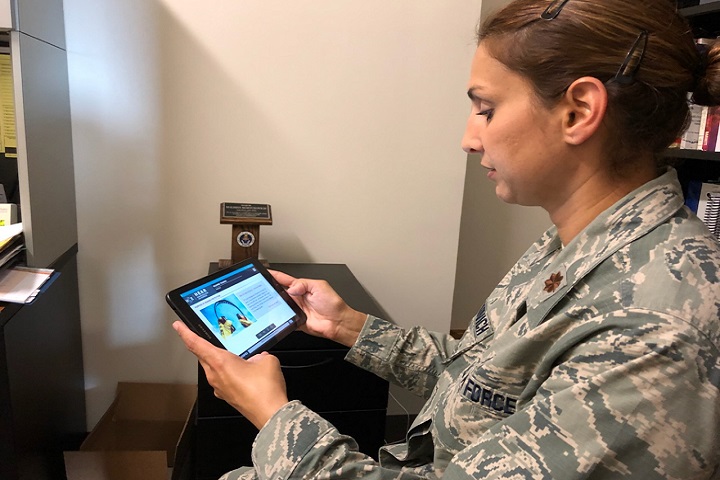
Tinnitus and hearing loss have remained among the top disabilities of veterans
Battlespace acoustics branch protects hearing, human performance
Article
8/17/2018
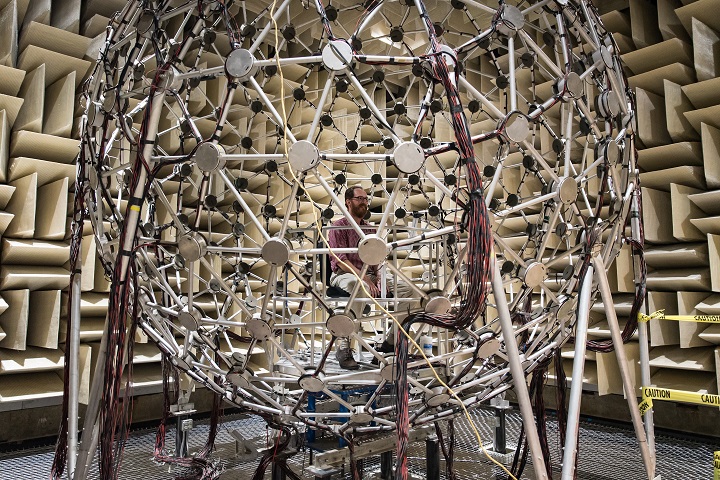
We look at how noise is being generated, how it propagates, and what that means for Airmen in the field
Air Force NCO resumes career after tumor, hearing loss
Article
5/16/2018
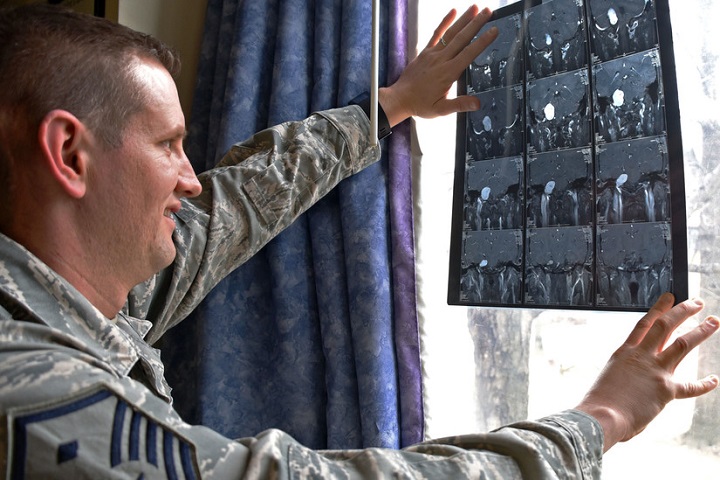
He had the constant feeling of water in his ear – he knew something was wrong
Dedicated audiologists use clever tools to combat hearing loss
Article
5/11/2018
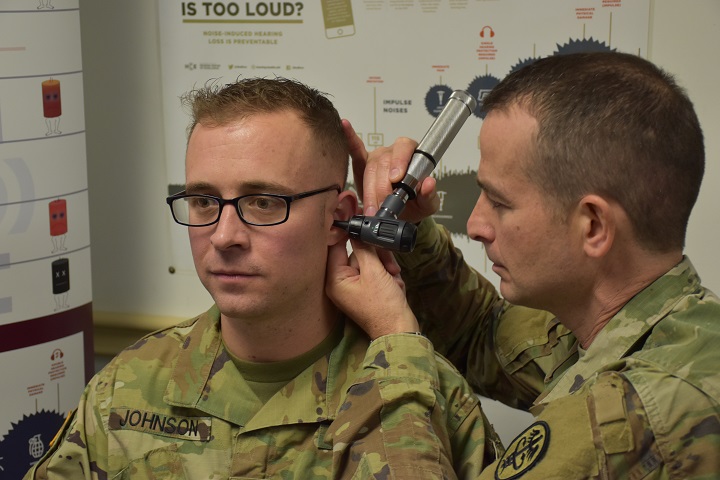
Hearing loss and tinnitus have steadily increased over the last two decades among Veterans
Research network works to combat number one disability claim among veterans
Article
5/4/2018

Noise brings the potential of hearing loss if proper personal protective hearing equipment is not available or utilized
Traumatic Brain Injury and the Art of Paddling
Article
3/7/2018

A U.S. Army veteran’s recipe for embracing life after several TBIs
With success comes ‘great momentum’ in hearing center’s future
Article
7/13/2017
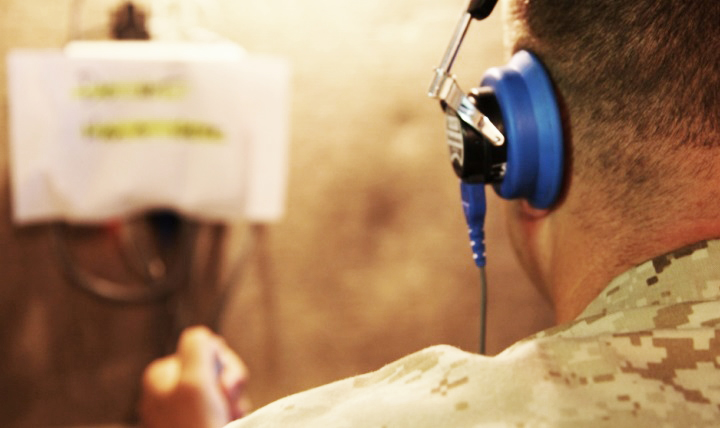
DoD’s Hearing Center of Excellence works closely with other departments and organizations, including VA and NIH, to facilitate research focused on prevention, diagnosis, mitigation, treatment, and rehabilitation of hearing issues
May is better speech and hearing month
Article
5/10/2017
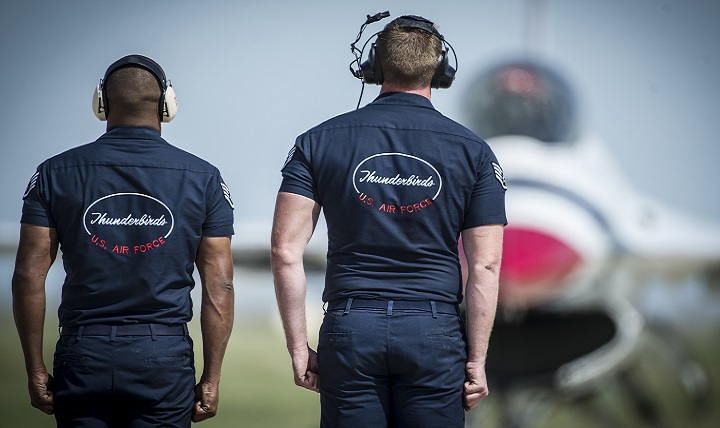
The Veterans Benefits Administration reports that tinnitus and hearing loss are the top two service-connected disabilities for U.S. military veterans
DHA to welcome Hearing Center of Excellence to agency
Article
12/5/2016
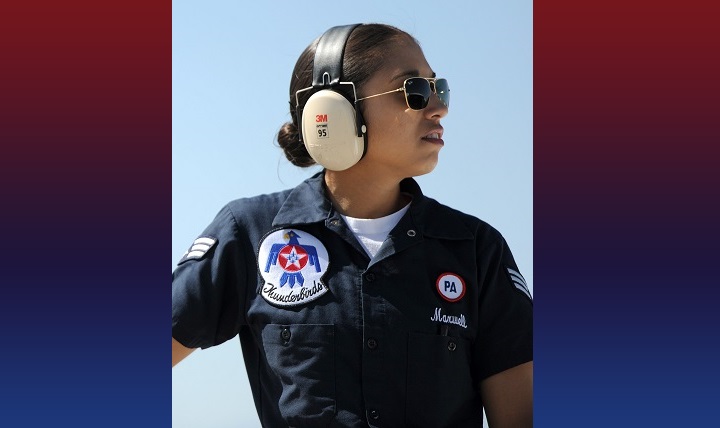
The center comes under formal control of the Defense Health Agency Dec. 11, 2016
Hearing loss and brain injuries
Article
9/30/2016

Becoming aware of how your surroundings can affect your hearing is a key factor in managing hearing problems associated with TBI
Exiting an A-10C Thunderbolt
Photo
9/30/2016

U.S. Air Force Senior Airman Judith Bulkley, an electrical and environmental systems specialist deployed from the 23rd Aircraft Maintenance Squadron, Moody Air Force Base, Ga., exits an A-10C Thunderbolt II after performing an external power operations check on the aircraft at Kandahar Airfield, Afghanistan. Because service members in particular are ...
Cochlear implant opens up the world for Army colonel
Article
9/22/2016

In the past 12 years, Army Lt. Col. James Morrison has seen ear, head and neck, and neurology specialists at the six posts where he was stationed
Lt. Col. James Morrison getting adjustments to cochlear implant
Photo
9/22/2016

Dr. Elizabeth Searing (right) makes initial adjustments via a computer to Lt. Col. James Morrison's cochlear implant. Dr. April Luxner, an audiologist with Cochlear Corporation, was on hand to witness Morrison's reactions to hearing with his right ear after 12 years of deafness. (U.S. Army photo by Jeff Troth)
Army Hearing Program
Policy
Department of the Army Pamphlet 40-501
- Identification #: N/A
- Date: 1/8/2015
- Type: Instructions
- Topics: Reserve Health Readiness Program | Hearing Loss






















.png)











No hay comentarios:
Publicar un comentario